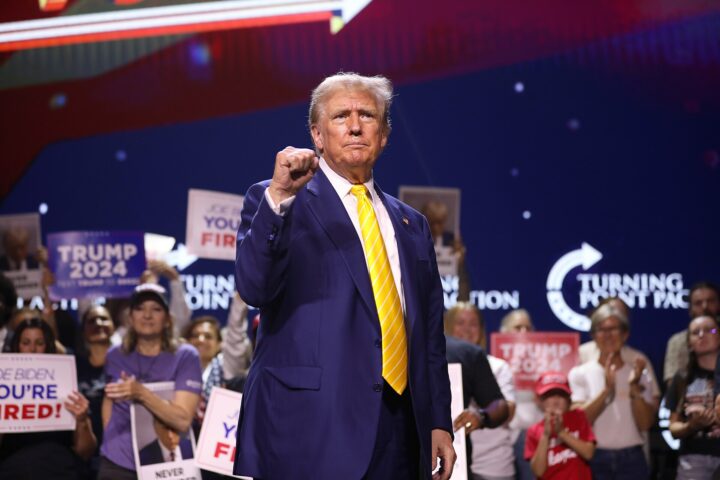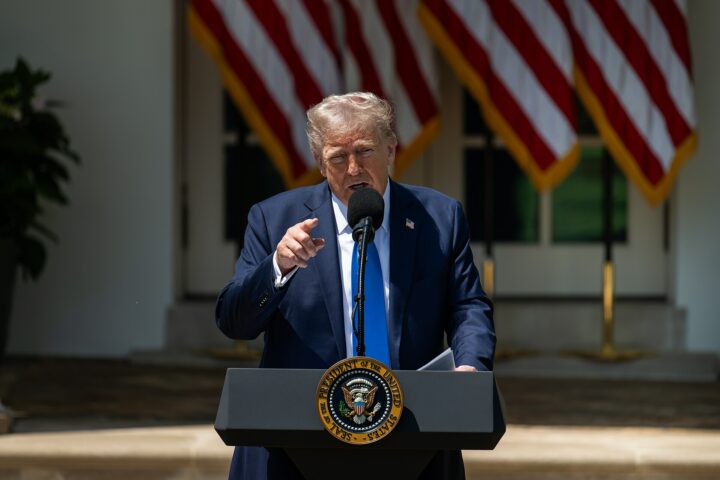The Trump administration on Wednesday unveiled a new national strategy to accelerate the growth of artificial intelligence, signaling a decisive break from the regulatory posture of the previous administration. Framed as an economic and geopolitical imperative, the AI Action Plan emphasizes deregulation, infrastructure expansion, and a clampdown on what it calls ideological interference in emerging technologies.
The plan marks the administration’s most comprehensive strategy for artificial intelligence policy and is designed to position the United States as the undisputed leader, according to a statement from the White House. It proposes a broad rollback of federal oversight, urging agencies to “remove red tape and onerous regulation,” while prioritizing companies that commit to building systems “free from top-down ideological bias.”
Among the report’s key recommendations: scrub federal AI guidelines of language referencing diversity, equity and inclusion (DEI), climate change, and misinformation; streamline environmental permitting for data centers; and promote the export of American AI systems to counter China’s expanding influence.
President Trump is scheduled to deliver his first major address on artificial intelligence later Wednesday, alongside a set of executive orders that will begin enacting elements of the plan. The rollout follows his earlier repeal of a 2023 Biden-era executive order that had focused on safety and ethical guardrails for AI development. Days after taking office, Trump replaced it with a directive titled “Removing Barriers to American Leadership in Artificial Intelligence,” which instructed agencies to prioritize speed, scale, and ideological neutrality.
“We believe we’re in an AI race,” said David Sacks, the administration’s top adviser on artificial intelligence and cryptocurrency, during a press briefing. “And we want the United States to win that race.”
The new framework is expected to bolster tech giants already battling for supremacy in the generative AI sector. Since the public release of OpenAI’s ChatGPT in late 2022, firms including Google, Microsoft, Meta, and OpenAI have raced to develop ever more powerful systems capable of generating humanlike text, images, and video. Many of these tools depend on massive data centers—energy-intensive facilities that have raised environmental and zoning concerns in communities nationwide.
The administration’s plan calls for scaling back environmental restrictions on such infrastructure and expanding federal support for the training and placement of workers to staff AI facilities. It also outlines steps to support U.S. firms in foreign markets, particularly in regions where Chinese-backed alternatives are gaining ground.
Requests from industry leaders have helped shape the contours of the policy. OpenAI, for example, urged the administration to loosen export controls that have limited access to American AI technologies in certain countries. Meta, meanwhile, pressed for a clear declaration that using publicly available online content to train AI models constitutes fair use—a position currently at the center of ongoing litigation from news organizations and copyright holders.
Former President Biden’s 2023 order had emphasized safety testing, transparency, and protections against disinformation. But critics within the Trump administration argued that such constraints risked ceding ground to global competitors, especially Beijing. The AI Action Plan reframes the debate, asserting that the central challenge facing American innovation is not recklessness, but regulation.








